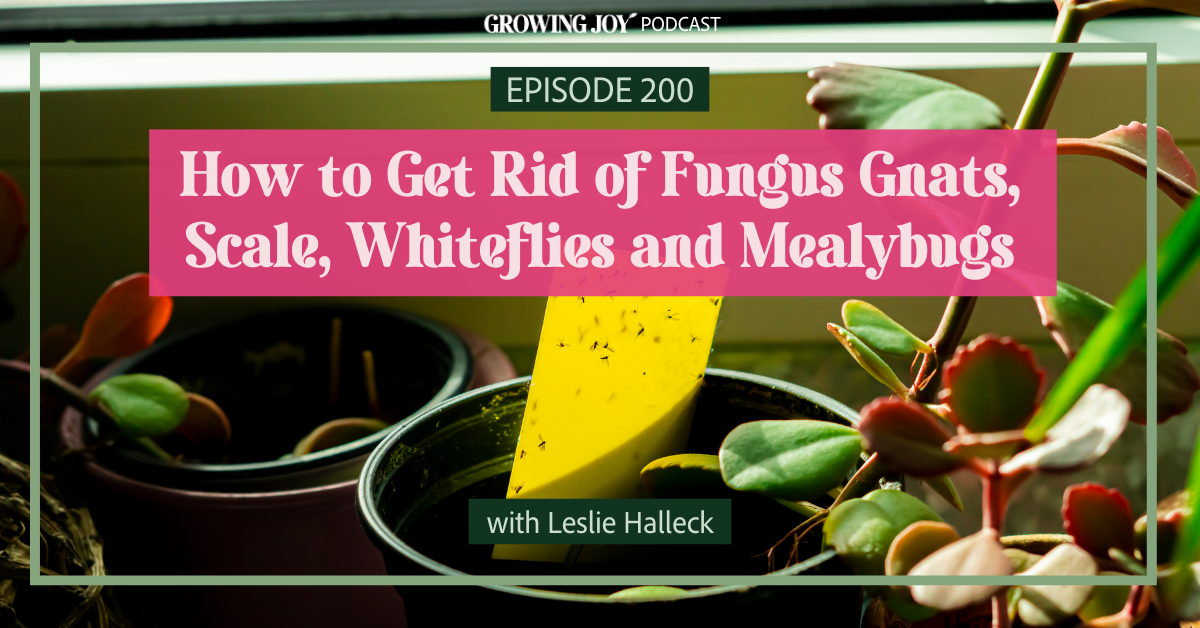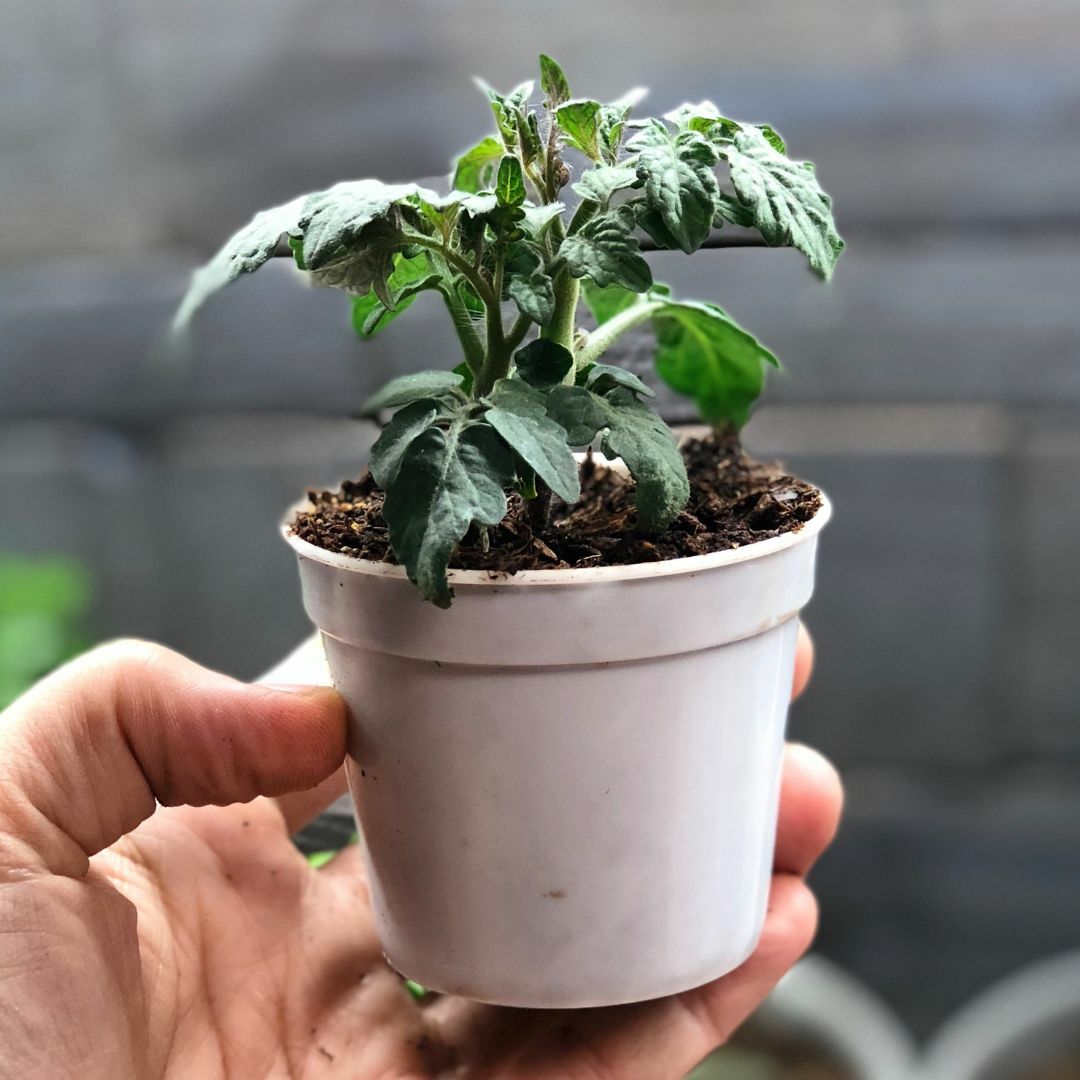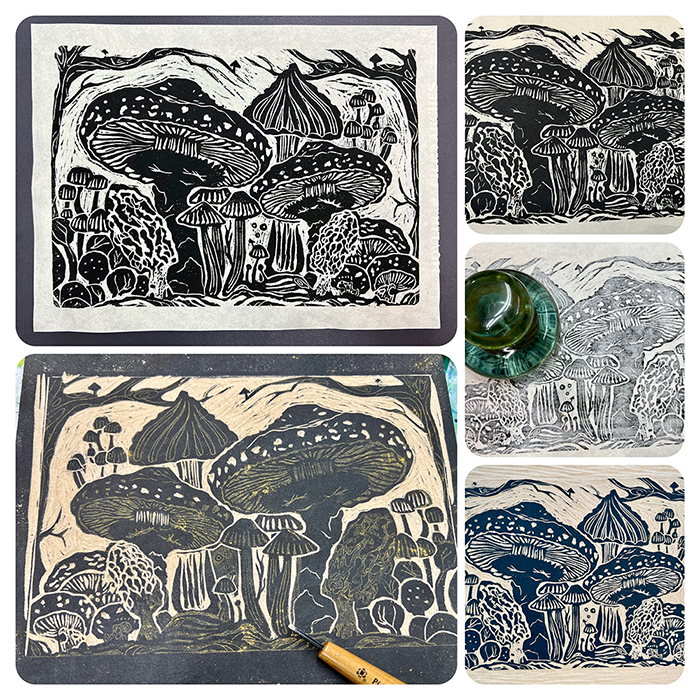Plant Parenting: 7 Common Houseplant Pests and How to Get Rid of Them
August 16, 2023
Destructive Houseplant Pests and How to Get Rid of Them
As houseplant parents, most of us will inevitably encounter some type of pest infestation at some point. Seemingly overnight, our beautiful, thriving plants can become under attack by bugs we didn't even know existed! Pests can quickly damage and even kill our treasured plants if left unchecked. In Episode 2 of the Grow Better Series with Leslie on Maria Failla's "Growing Joy with Plants" Podcast, Leslie teaches you how to identify the most common houseplant pests and take action to get rid of them fast. Here are the highlights from the episode.
Why Plants Get Pests
There are a few key reasons even the best cared-for houseplants can become susceptible to pests:
Hitchhikers - Eggs or larvae can travel in on new plants, in soil, or on leaves. Carefully inspect new plants before bringing them home.
Stress - When plants are struggling from underwatering, overwatering, or improper lighting, they become more vulnerable to attack.
Environment - Certain temperatures, humidity levels, or stagnant air can create an ideal environment for bugs to multiply. Know which pests are attracted to which conditions.
How to get rid of fungus gnats in my plants
How to identify fungus gnats
You’ll quickly notice the adults of this fly species by their erratic flying around plants! But the real culprits are the larvae in the soil, which feed on roots and cause stunted growth.
Signs to look for with a fungus gnat infestation: Adults flying around, overall decline in plant health
Getting rid of fungus gnats in houseplants:
Use yellow sticky traps around plants to catch adults. This controls the population.
Do a soil drench with a diluted hydrogen peroxide solution (1 part hydrogen peroxide to 10 parts water) to kill larvae.
Allow soil to dry out more between waterings to deter larvae.
Use BT or Mosquito Bits when you water your plants
How to get rid of spider mites
How to identify spider mites
These tiny arachnids look like moving dots to the naked eye. Left unchecked, they form colonies and lay webbing on plants, sucking nutrients via needle-like mouths. They thrive in hot, dry environments.
Signs to look for with a spider mite infestation: Webbing on stems, yellow stippling on leaves
Getting rid of them:
Mist plants often (moisture deters spider mites)
Apply insecticidal soap or horticultural oil, be sure it’s labeled for mites
Reapply the insecticidal soap or horticultural oil every 7-10 days until all the mites are gone
How to get rid of scale on houseplants
How to identify scale on houseplants
Scale insects encase themselves in a waxy, armored coating that makes them very hard to get rid of. They attach themselves to stems, leaves, and branches to feed and leave sticky honeydew in their trail.
Signs to look for with a scale infestation: Honeydew and sooty mold on leaves, leaf drop, brown “scabs” on leaves (those are the bugs)
How to control scale
Rub off scales with gloves and a cotton swab dipped in alcohol
Use neem oil or horticultural oil to smother scales
For severe infestations, apply a systemic insecticide that targets scale
How to get rid of mealybugs on houseplants
How to identify mealybugs
Mealybugs are soft-bodied pests that look like little cotton swabs crawling on stems and leaves. Maria called them “roly polys’. They produce a fuzzy white wax coating for protection. They thrive in greenhouse conditions.
Signs to look for with a mealybug infestation: White cottony tufts in leaf axils, yellowing/curling leaves, white little cotton like specs on your leaves
How to control mealybugs
Remove bugs with a cotton swab dipped in alcohol
Apply horticultural oils or insecticidal soaps
Remove heavily infested leaves and dispose of properly
How to get rid of aphids
How to identify aphids
Aphids are soft-bodied insects that come in a variety of colors like green, yellow, black, or white. They feed in dense groups on stems and leaf undersides.
Signs to look for with an aphid infestation: Curled, stunted leaves, honeydew residue, swarms of the bugs on your plants - they are easy to spot
Getting rid of them:
Blast plants with water to knock off adults
Apply insecticidal soap to suffocate them
Remove badly infested leaves and isolate plant
Use neem oil or horticultural oils
How to get rid of thrips indoors
How to identify thrips:
Thrips are tiny, slender insects that love feeding on leaves. They move quickly and hide in tight spots.
Signs to look for with a thrip infestation: Discolored, curled leaves. Buds failing to open.
How to control thrips:
Remove heavily damaged leaves
Apply insecticidal soap or horticultural oil
Use sticky traps to catch adults
Try beneficial nematodes or predatory mites
Some biopesticides are effective
How to get rid of whiteflies on plants
How to identify whiteflies
As their name suggests, these flying pests are small and white. They gather on leaf undersides and quickly reproduce.
Signs to look for with a whitefly infestation: Clouds of white flies flying around your plants when disturbed, honeydew, yellow stippling
How to control whiteflies
Use yellow sticky traps for monitoring and trapping
Knock adults off with a strong water spray
Apply insecticidal soap or horticultural oil for suffocation
Hang up yellow plastic sheets as traps
When to Throw Away a Plant
Don’t feel guilty if a plant is beyond saving. An infestation allowed to persist can quickly take over a collection. When damage is too extensive or a plant no longer brings you joy, it’s okay to compost it and start fresh.
Building a Plant First Aid Kit (next episode and blog post!)
To be proactive in managing pest outbreaks, Leslie recommends assembling a plant first aid kit. The must-have items include sticky traps for early pest detection, a magnifying glass for precise pest identification, commercial or homemade insecticidal soap, and horticultural oil for effective pest control.
With some knowledge of their signs, habits, and solutions, you can catch most infestations early and get rid of houseplant pests for good. Your plant babies will thank you!
Prepare yourself for any type of pest outbreak and listen to the full interview HERE.







